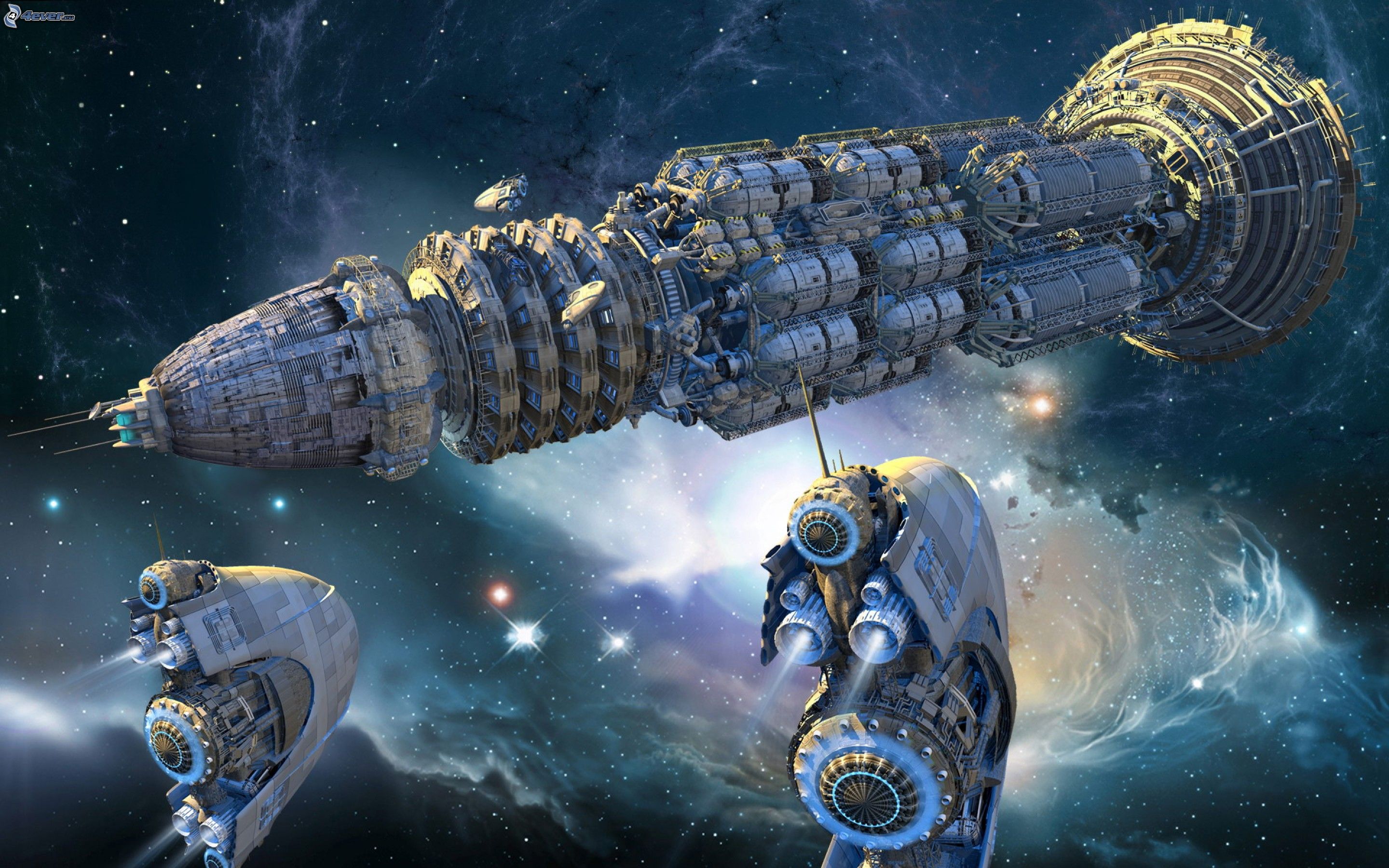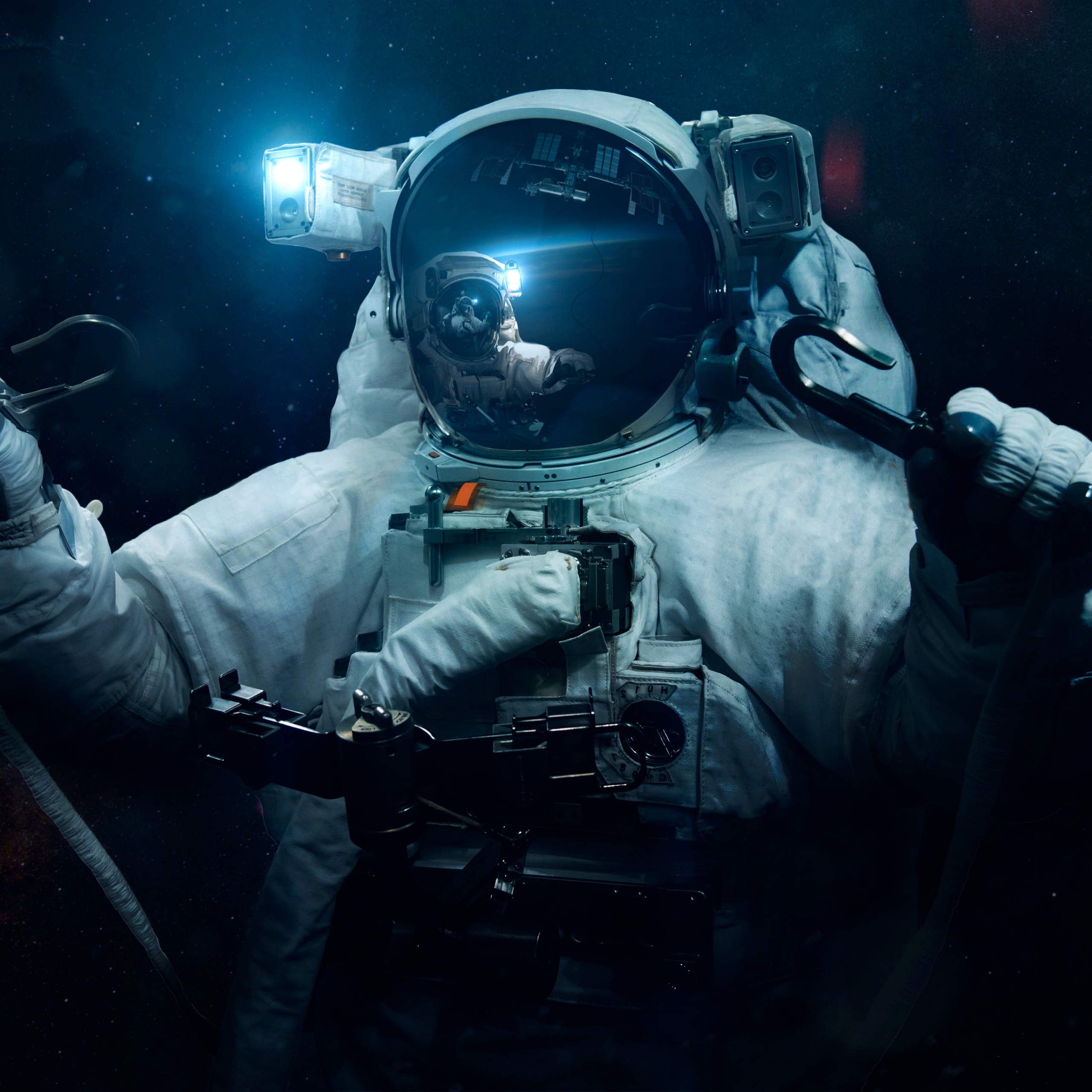
One idea under consideration by Philip Lubin, a physics professor at the University of California, Santa Barbara, uses lasers. So other methods are being considered to get spacecraft going at interstellar speeds. Nuclear fusion is a possible source of propulsion for interstellar ships, but the problem is the size of the reactors that would need to be assembled in space, or launched there, according to some scientists we talked to. "That part of the storyline is usually jumped over," he said. "We're trying to put people in a small container to minimize the mass and power requirements, and the consumables ," he added, saying that during a long Mars journey of perhaps six months, putting astronauts into stasis would cut down on the amount of food required for the mission, not to mention the possibility of crew boredom.Īnd what about exercise? Bradford said it would be possible to keep up an astronaut's muscle mass using neuromuscular electric stimulation there have been some positive results in comatose patients using that technique, he said.īradford said he had been lucky enough to see "Passengers" before its release, and that he was really pleased to see an emphasis on hibernation, and what happens in the moments after waking up, when the passengers are disoriented and extremely tired (since hibernation or stasis is not the same as sleep).
#Spaceship in space movie
"We're not trying to extend the human lifetime," Bradford said, so the technology that SpaceWorks is pursuing is different from what is shown in "Passengers." But in other respects, the movie shows essentially the same thing his company strives for. (NIAC grants are for early-stage work in far-off technologies.) Aerospace engineer John Bradford, the company's COO, told that induced stasis should be possible given that some mammals can hibernate for months. In 2015, a company called SpaceWorks received a NASA Innovative Advanced Concepts grant to investigate the possibility of extending the timeframe of an induced stasis in humans even further than what is currently possible. There are situations, however, where patients can be put into induced comas with cooled saline solutions for a few days to allow traumatic injuries to heal. While "Passengers" shows people placed in a hibernation state for decades at a time, that kind of technology does not exist today. The hibernation pods on the Starship Avalon in the movie "Passengers." (Image credit: Sony Pictures) Hibernation In between resting in their quarters, passengers can also get to know the rest of the 5,000 people in common areas, such as the mess hall, the grand concourse, the pool or the bar.

They are escorted to an elevator, then guided to their individual cabin, where they can relax for the last four months of the journey.

The hibernation procedure is not really described in the film, but what's clear to moviegoers is what happens afterward: passengers are soothed by a holographic figure explaining where they are. The pods are clustered into small groups, perhaps (Dyas suggests) so that if one group's cluster fails, at least the other 5,000 passengers are theoretically unaffected. The crew slumbers in separate quarters, inaccessible to the passengers.

This approach led Dyas to design the more functional areas (such as the mess hall) in stainless steel, while a classy passenger pub was decorated in rich oranges, golds and reds, for example.īanks of hibernation pods occupy huge halls in the ship.

"I wanted to put myself in the shoes of somebody who had been designing a craft that had a portion of it dedicated to entertainment, and of course that led to the array of colors and textual changes in the ship." "My approach to the design was that I tried to go about it as though I was a cruise liner ship designer," Dyas told. The film takes place at an indeterminate point in the future, Dyas said, but he assumed that by the time the ship was being built, humans would have the ability to mine some of the materials from nearby asteroids or the moon to save on transportation costs. The ship's immense structure is about 1 kilometer (0.62 miles) in length, and Dyas said he imagines that it was assembled in space over decades.


 0 kommentar(er)
0 kommentar(er)
